Before having children and taking a career break, I worked with young people struggling with complex mental health conditions.
I have a degree in Psychology and a Masters degree in Child and Adolescent mental health as well as being a qualified children’s nurse.
For 15 years I worked in inpatient CAMHS and the components I learnt for providing a therapeutic environment in my work, I also feel are important components for providing a therapeutic home, conducive to raising happy and healthy minded children.
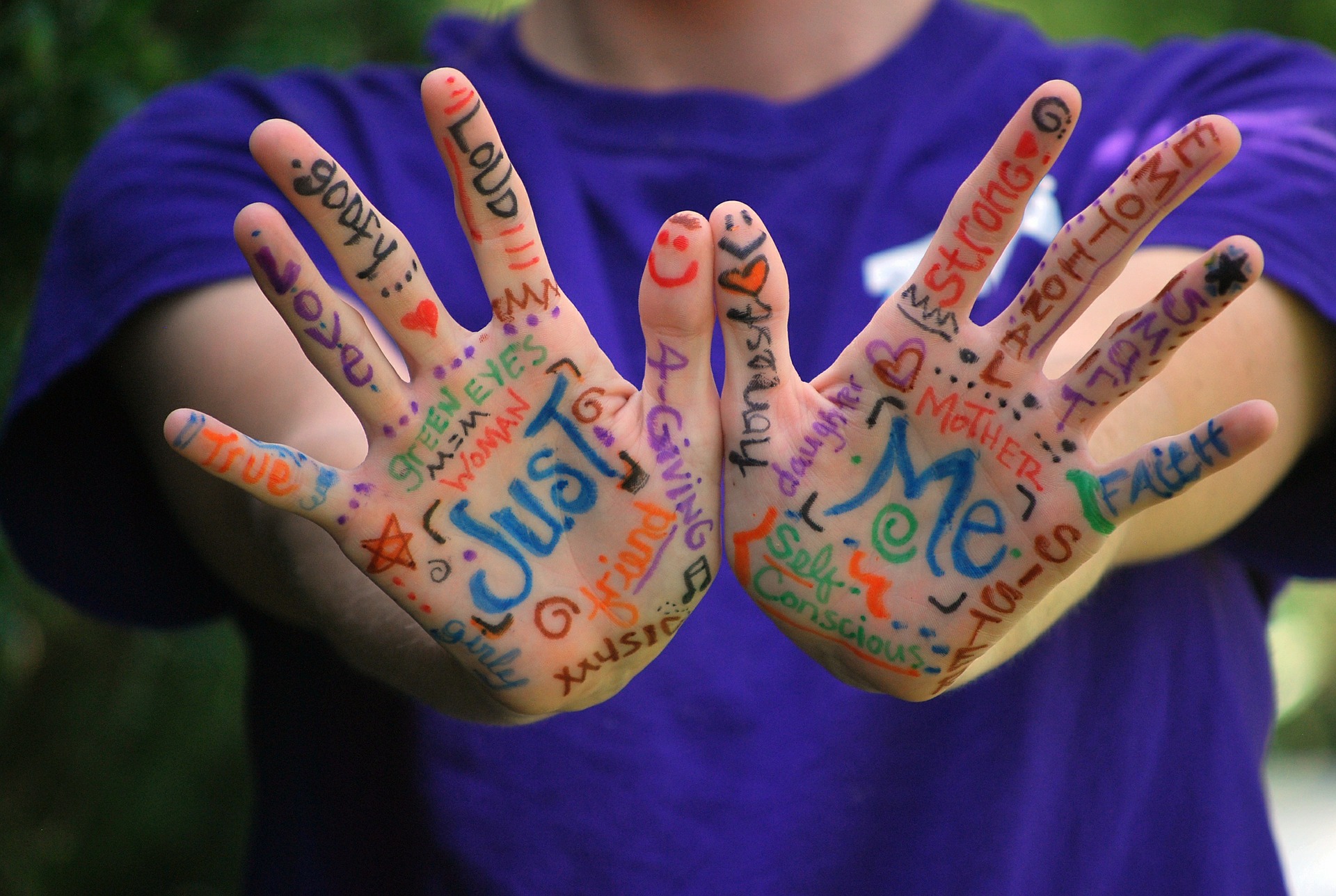
In this post I am going to discuss the basic underpinning principles I feel are useful foundations to utilise in your daily parenting that will promote and foster an environment that nurtures and encourages a healthy narrative around the expression of emotion.
Safety
In order for us to feel able to talk about our feelings and indeed even acknowledge and reflect on them ourselves, we need to feel safe to do so. This safety is both physical and psychological.

It comes without reason that children need to feel physically safe, for example safe from physical harm, in a safe environment that they know they are able to be in without fear of intrusion or conflict as well as the safety of those around them.

They also need to feel emotionally safe, that they are able to express all range of emotions without ridicule or punishment and that the adults around them are able to manage those emotions.
We may want our children ideologically to be able to express themselves but we also need to be able to hear those expressions without falling apart ourselves or trying to fix them.
If a child is angry and they are met in return with a parental punishment for that display of emotion, a dismissive response or a parents distress and upset, they quickly internalise that this emotion is not acceptable to be expressed and it is not safe to do so.
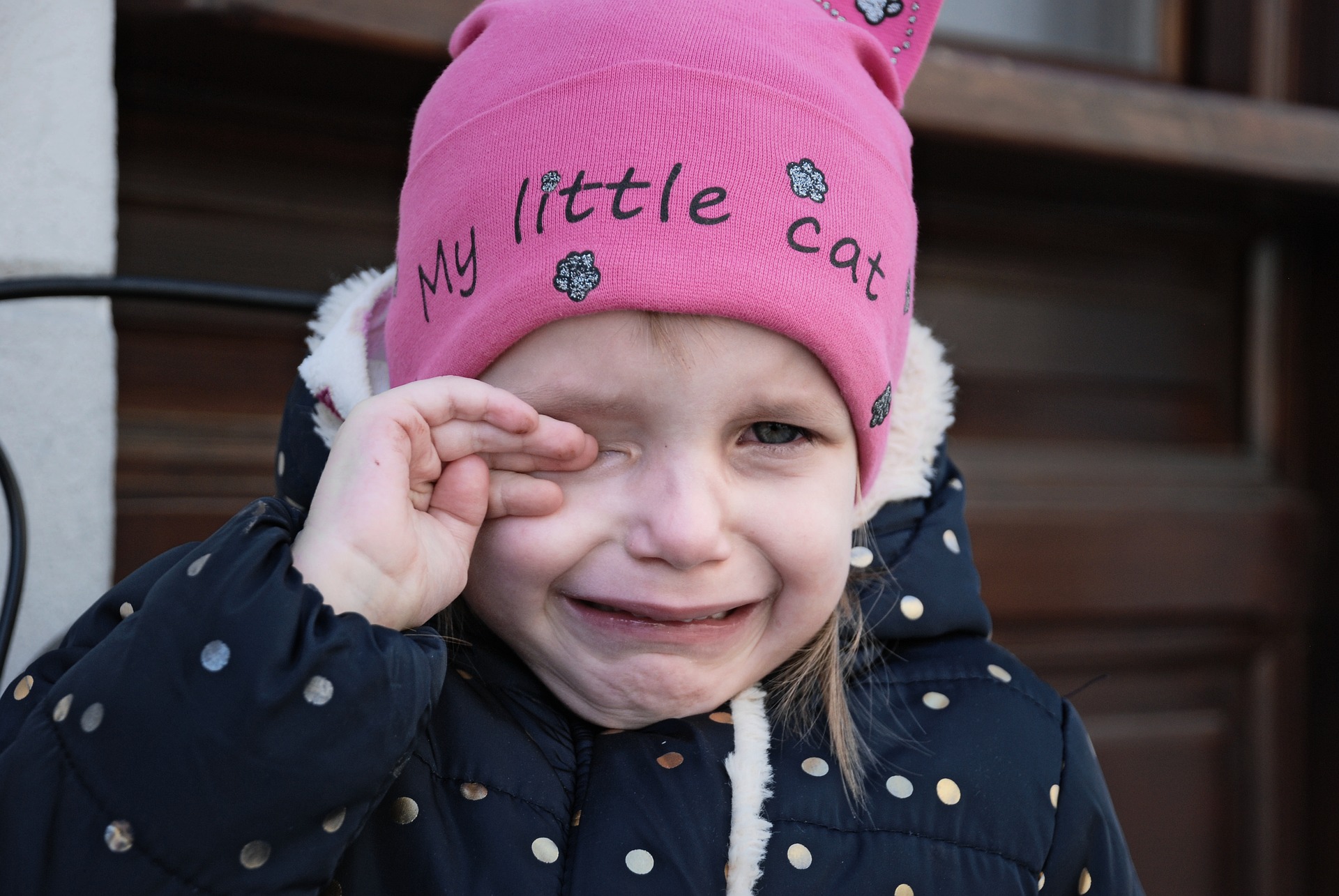
These angry feelings are then internalised and it is less likely they will feel able to talk about any emotions they feel are negative.
Modelling expression of all the emotions is vital here, using words for your own emotions such as “mummy feels angry/ sad/ frustrated right now because …..” allows children to firstly learn a narrative around the expression of feelings so they can come to understand their own emotions but also to see that it is ok to talk about them.
Validation
As well as modelling and normalising the expression of emotions an important part of helping children to articulate and understand what they feel is the process of validation.
Here we are talking about the experience that what you feel is important, real and valid and that it can be received, understood and tolerated by another.
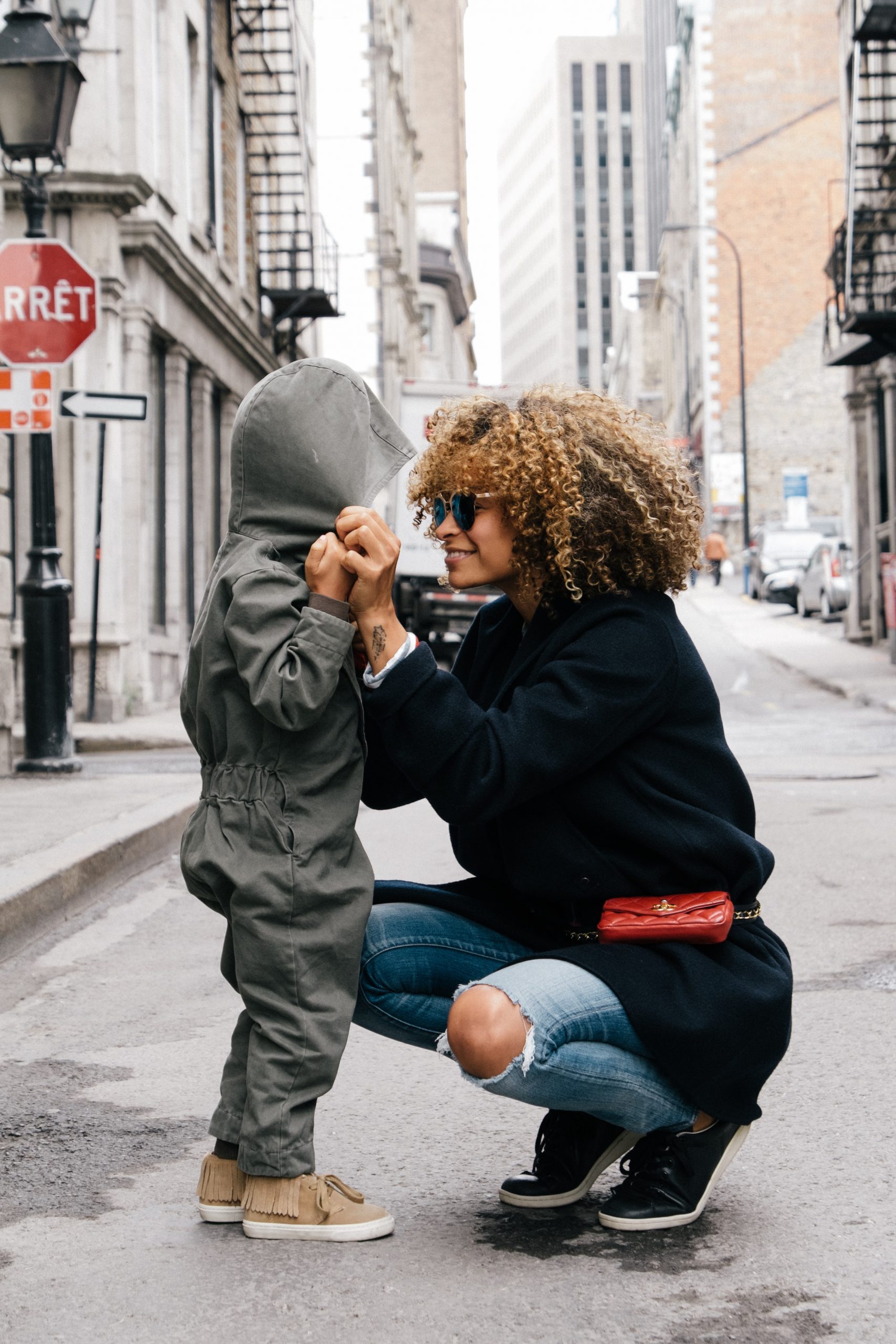
Emotions are complicated and it can be very hard for a child to articulate or put into words what they are feeling. They may not even understand it or know why they feel the way they do.
What you can helpfully do as an adult is to help a child to do this.
Examples in family life
When your child gets cross at their sibling for taking their toy or becomes upset because they have been told they can’t have a sweet saying
“it sounds/looks like you are feeling angry/upset that your sister took your toy/ you have been told you can’t have_ “
This acknowledges that you have noticed your child’s emotion and it is important to you.
You might add “it is understandable you might feel that way, it can be very frustrating/hard/ upsetting when someone does something you don’t want/ you can’t have something you want.”
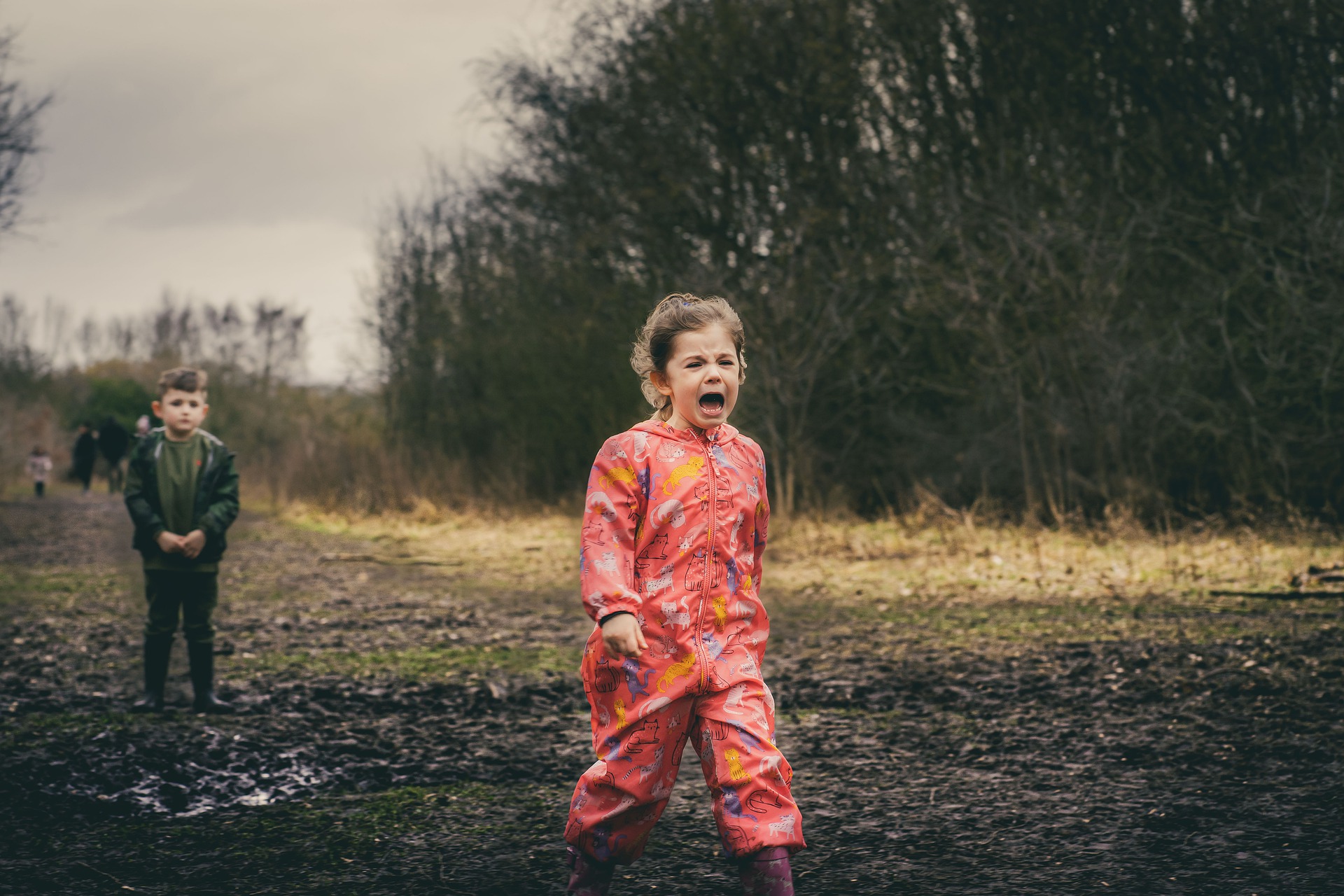
This validates their experience as being something that is natural and real, and not something to be ashamed of.
“I’m here with you shall we talk about it?” As an addition shows the child that the big scary feeling they have that is bursting out of them can be tolerated and managed by you, even if it feels unbearable to them in that moment.
This is something we refer to as ‘containment’, where you can be the vessel for the child’s difficult experiences and emotions and you can hold it, be thoughtful about it and then feed it back to them in a way that is more tolerable to them.
It reduces that big overwhelming feeling into something that can be explained and understood.
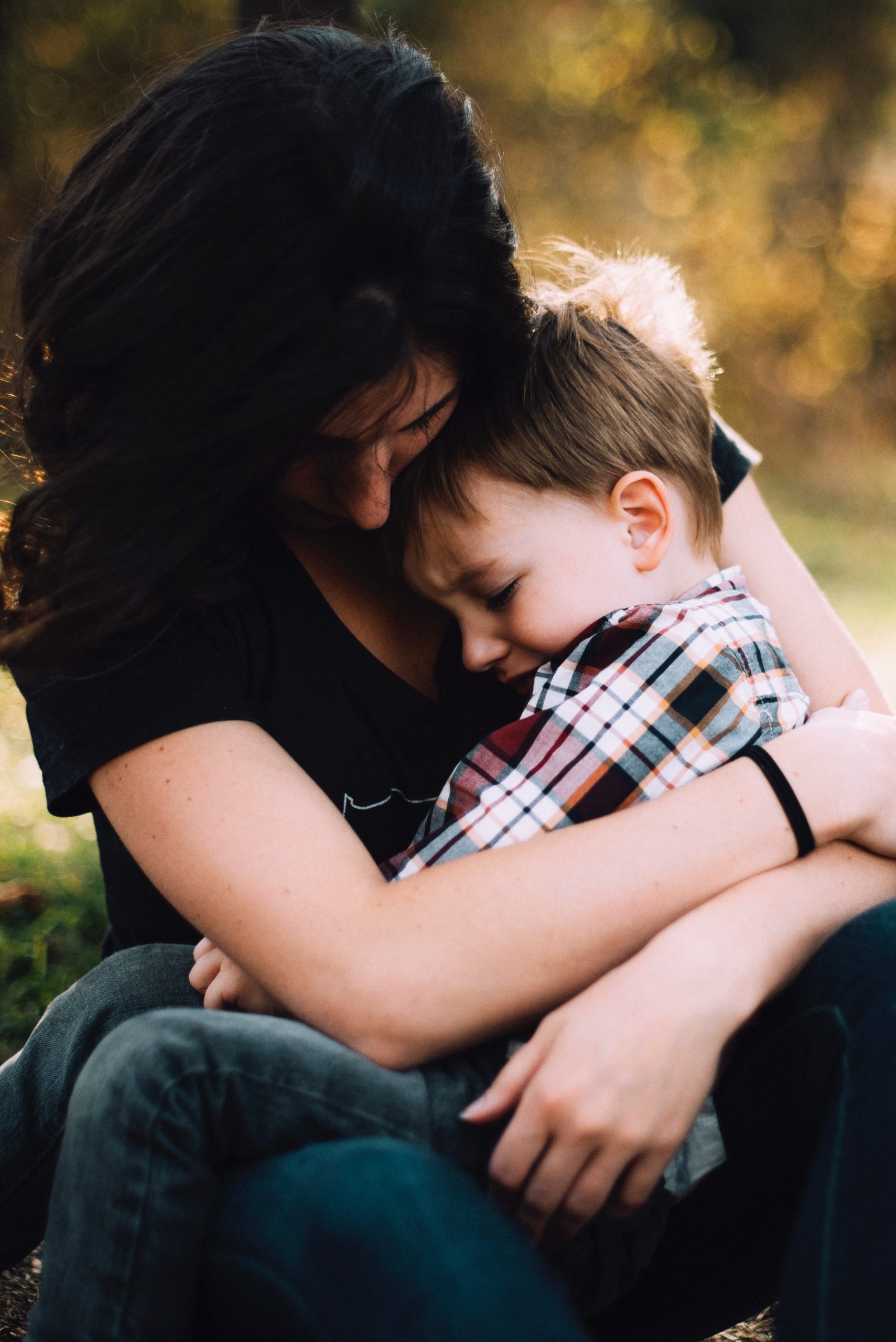
Structure
Children thrive in an environment that is predictable. Basic routines allow for a child to feel both physically and emotionally safe. They know what to expect and what is expected of them. It allows them to master their daily lives. Of course life can be unpredictable and normal family functioning and structure will embrace an element of spontaneity but in a thoughtful way. You inform or discuss what might be happening in advance for example.
Homes where it is very chaotic with lots of people coming and going with the child having no ability to predict what will happen creates anxiety. A child needs a sense of knowing when things will happen like when they might eat and when they should sleep. They look to the adults around them to provide effective boundaries in which a child can make sense of their environment.
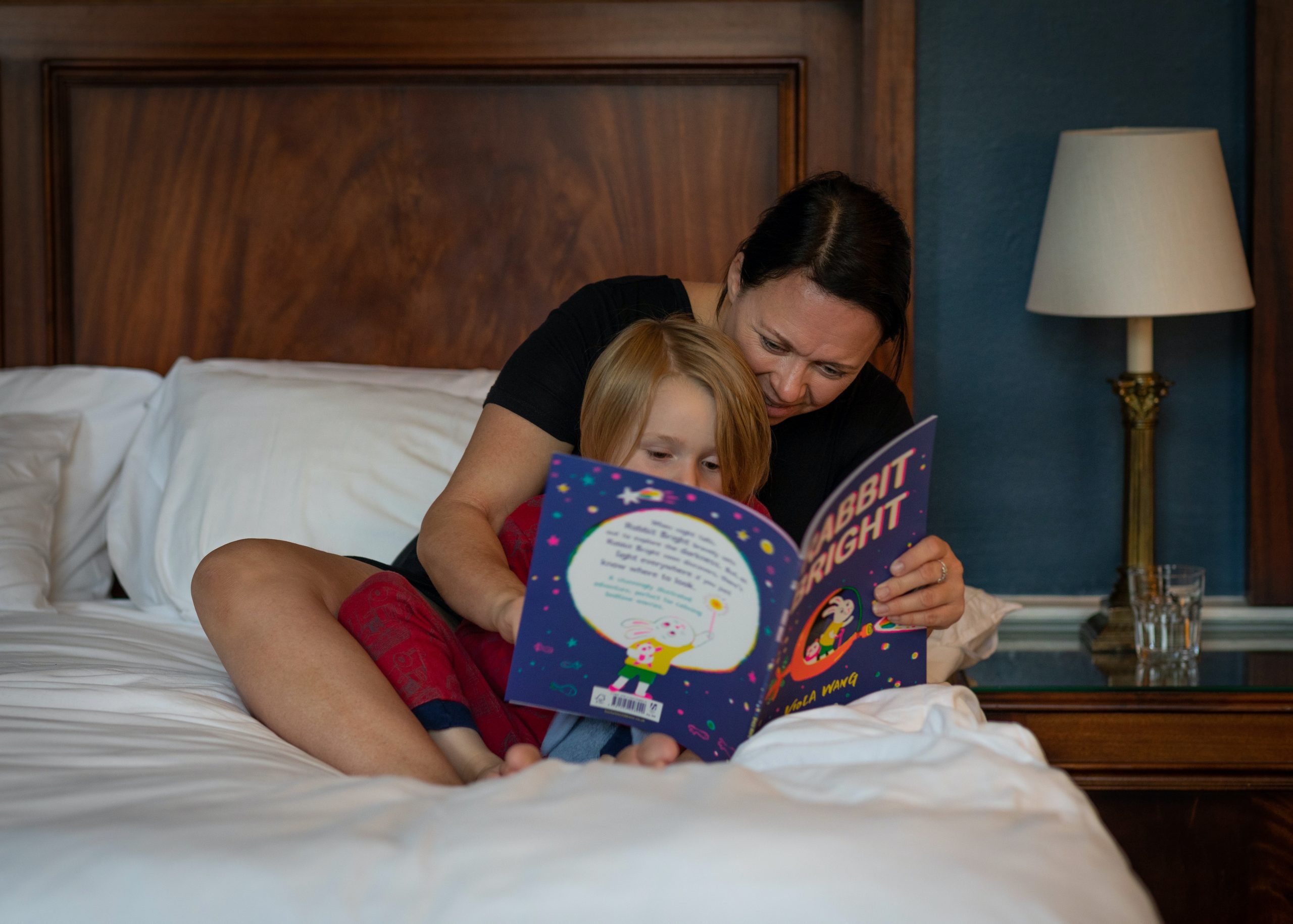
Structure doesn’t have to be rigid or to a timetable but having a loose predictable routine is comforting to a child and helps them to feel both emotionally and physically contained.
Involvement
Where possible involving your child in daily family life and decisions helps them to create an internal image of themselves as valuable and able to meaningfully and usefully contribute to the world.
Each age will have limitations to how much this involvement will be and how it will look but having some inclusion in discussion and element of choice is useful in making them feel their views are important to those around them.
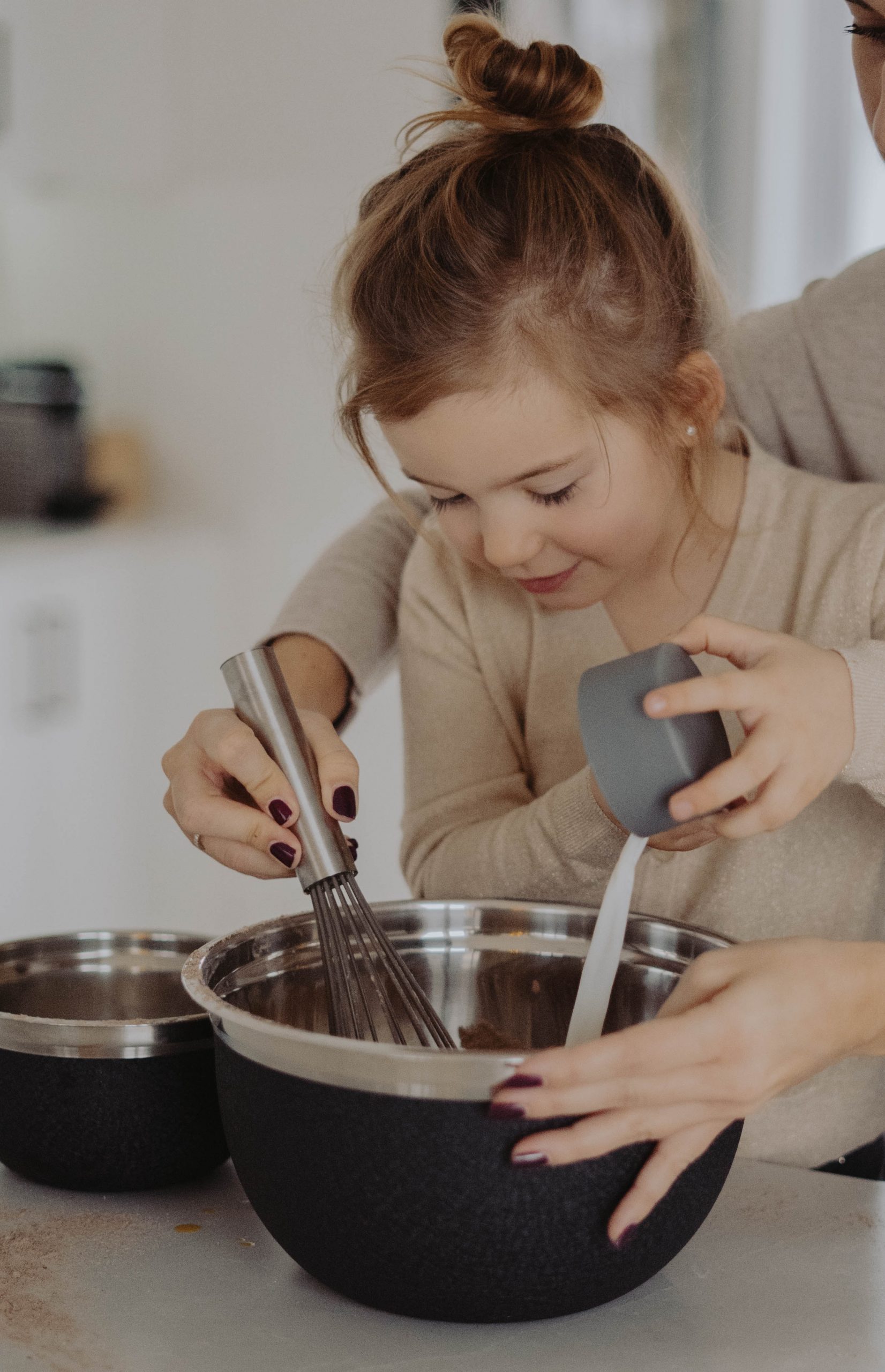
Whether it be choosing the food or even helping to make it, asking their opinion on what you might do for the day or even giving them full autonomy over what toys they may donate for example or what they will wear sometimes.
It is also useful to involve them in ways that enable them to take responsibility for something. Useful ways of doing this with a young child is the expectation that they clear up a toy after using it. It is often useful to say you will help them to do it but it helps them to develop an understanding of value. Tidying up their things and taking care of the environment around them helps them to respect those belongings in the long term and see them not as mere objects but items that have value.

If you have pets, involving your children in elements of the care be it helping to clean them out or feed them or allowing them to be responsible for watering a plant or emptying the mailbox each day gives them their own unique sense of responsibility and develop a feeling of being able to usefully and helpfully contribute in their own valuable way.
Over time these small things that may seem benign, will help your child unconsciously develop their own capacity to care for themselves. To value themselves.
Support
It probably feels obvious to say that children need to feel supported, but sometimes our knowledge and feelings of support towards our children isn’t always what we project. They need to know we will be able to listen and try to understand no matter what it is they express. Whether it’s comfortable for us or not or whether we agree or not. Being able to acknowledge and accept their expressions without modification to fit our own wants is all part of helping them to feel supported.
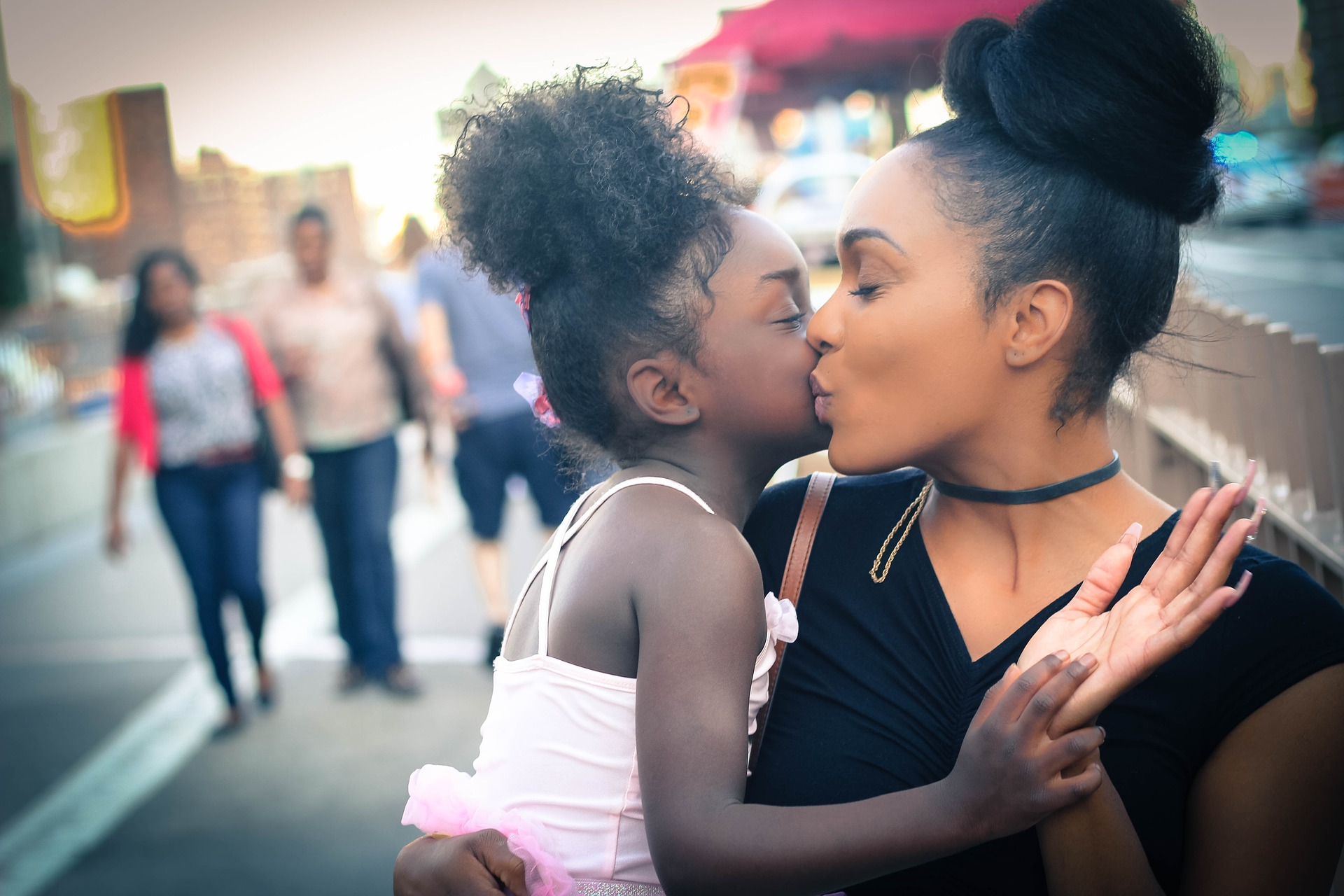
In moments of distress or anger we need to be able to sit with them and sit with the feeling itself and not reject it by walking away, isolating the child to calm down or dismissing it.
In this we are supporting them through the experience emotionally and physically. Even in times when it is overwhelming as a parent it’s ok to acknowledge you don’t know what to do or how to help but that you want to be there to try.
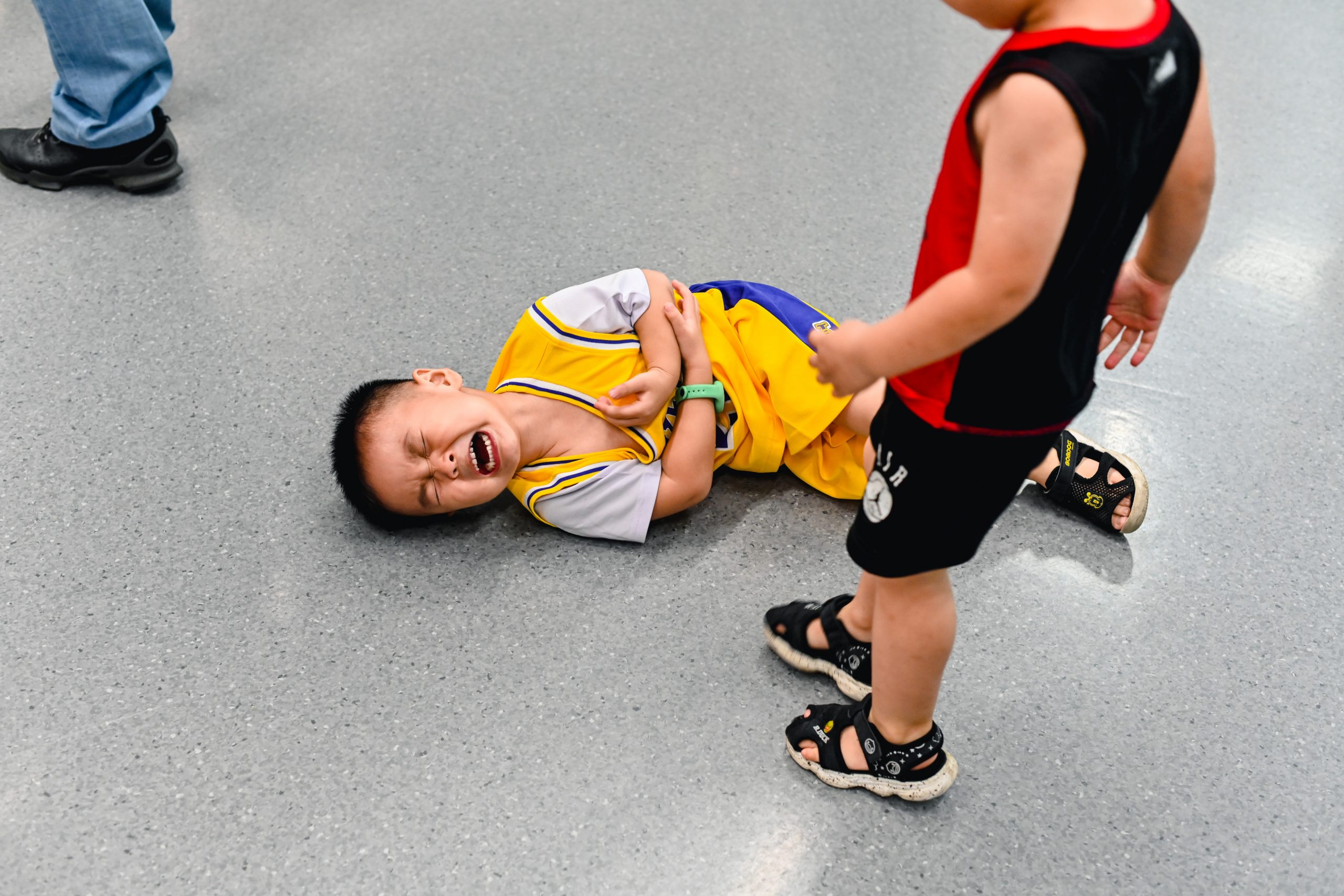
We have all been there when our child is crying for some unknown reason or over something we see as small and disproportionate and our normal response may be to say “stop crying” or tell them there is nothing to cry about. It’s hard to hold onto the idea that our experience may differ significantly to theirs and our assignment of value will not marry with theirs. Something small to us may be catastrophic to them and although it’s often a challenge, being able to see all behaviour as an expression of something can be useful. Maybe the bump was small and it shouldn’t hurt anymore and so crying seems silly, but that may just be an expression of your child getting something out of that moment of care and nurture that they don’t want to let go of.
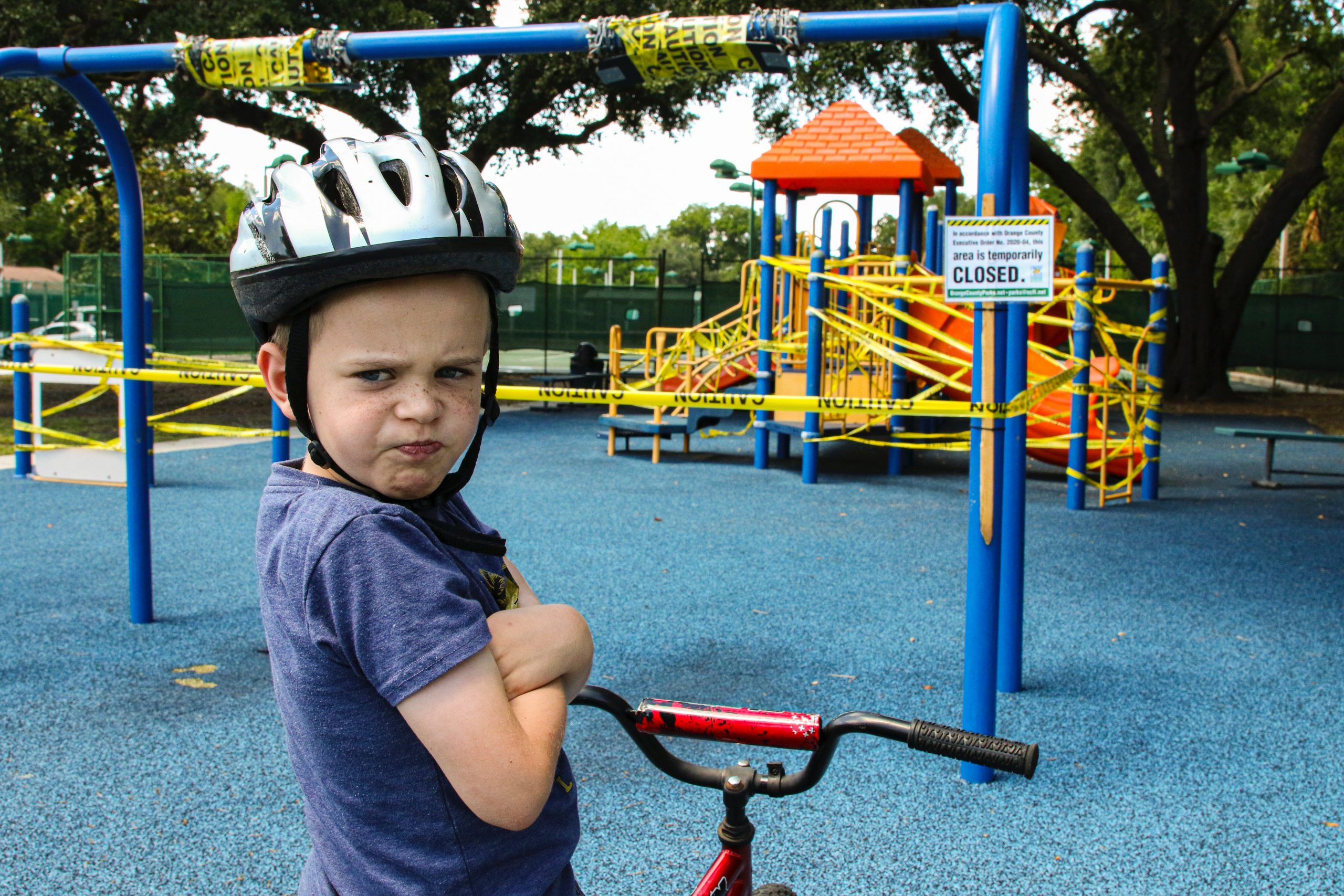
Maybe you’ve tried everything to make something better after a tantrum and they aren’t moving on but it may be that they don’t know how to continue engaging you and getting your attention in the way they are, without continuing to be combative. They may not yet have the belief that merely asking is enough.
Final thoughts
Parenting is tough and we are humans too with our own emotions that equally can be hard to navigate. We also get angry and upset and act out on our emotions in ways that might not always be helpful.
This is ok.
It is how you then respond to it that matters.
Being able to lose your temper, reflect on it and then talk about it and take ownership of the emotion is so useful for children. It shows them that we all struggle sometimes and that making mistakes does not do irreversible damage. That we can make right our wrongs and things can return to normal.
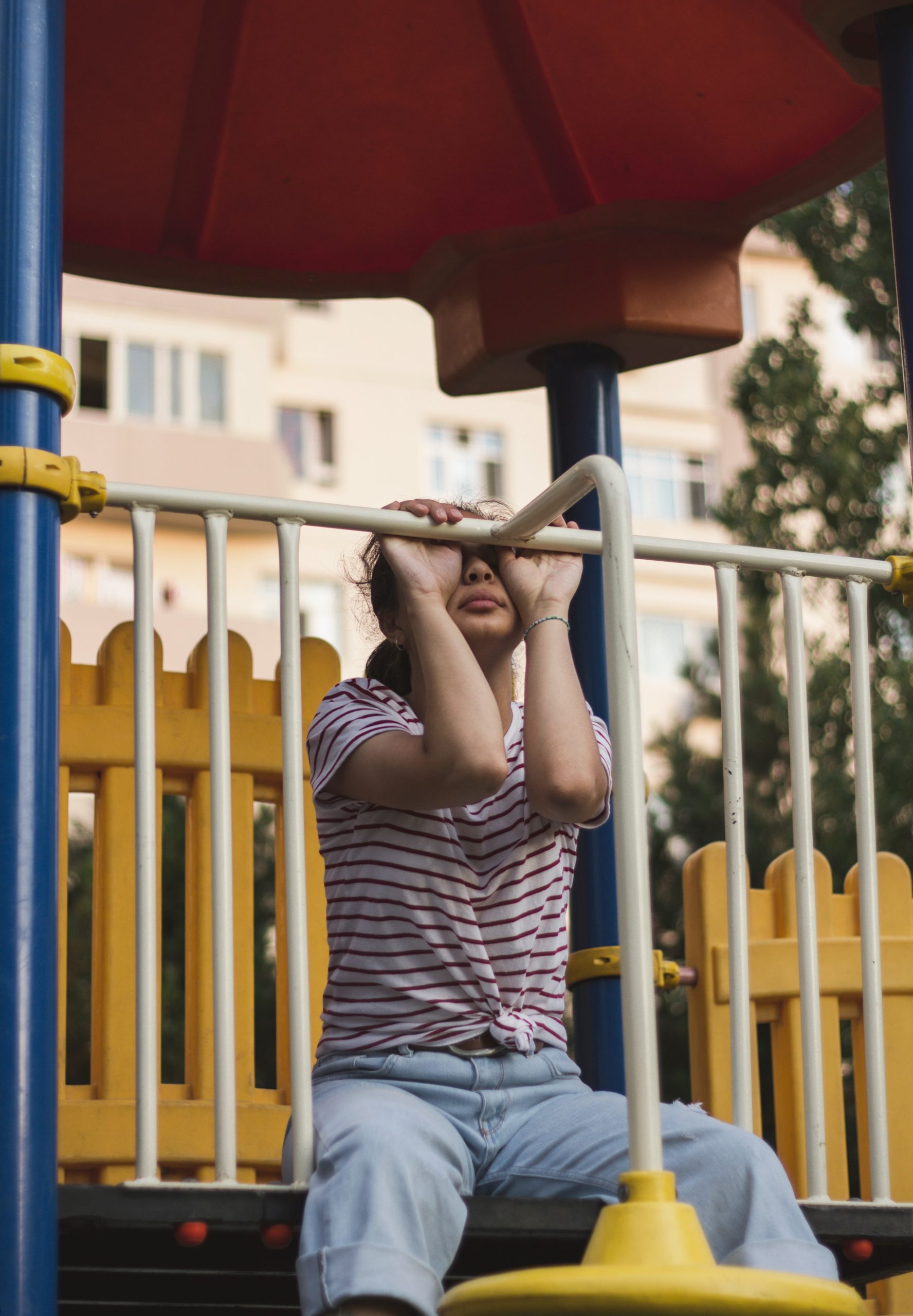
When you get a bit too angry or maybe shout too loud it’s good to say “I am sorry I shouted really loud and I imagine that might have been scary. I was feeling really cross that ___ and now I feel more calm”.
This also models that it is acceptable and ok to change course and to let go. We all know adults who have never mastered this, who will sulk and not feel able to shift the feeling of anger. If we never have an experience of conflict being resolved and feelings of anger and resentment are ongoing with no understanding of how to make things right, it is hard to develop this ability within ourselves.
Children don’t need perfect parents. Sometimes those most unable to manage emotions are those who have never experienced any difficult feelings being expressed. In homes where everyone needs to always project happiness and anger is suppressed or passively expressed.
Children need parents who feel and who are honest about those emotions in an appropriate way.
Pictures taken from Pixabay and Unsplash free to use images
This post is so thorough and outlines very helpful insight.
Forwarding to all my parent friends.
Thank you for reading, I’m glad you found it helpful.